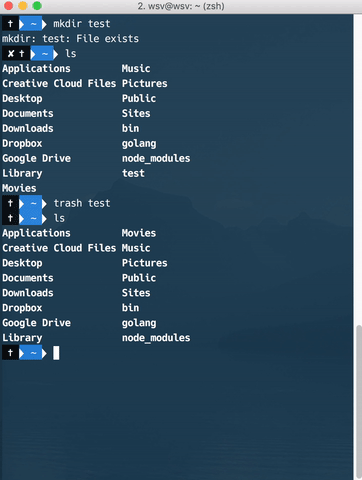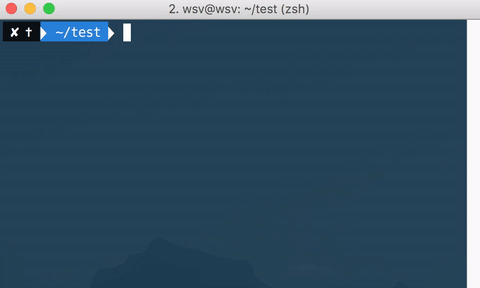Node Rest API Tutorial
This tutorial will show you how to build a simple REST API with Node.js and Express.js, a popular and lightweight framework for building Node.js apps.
Getting Started
You need to have both Node and NPM already installed to complete this tutorial. Here is a tutorial for installing Node/NPM on a Mac and on a Windows computer.
On the command line, create a new folder, navigate to it, and then run npm init:
mkdir test
cd test
npm initnpm will ask a number of questions which you can hit Return to leave as the default for now.

Once complete, npm will create a package.json file that tracks project information and dependencies. To confirm you have this file, type ls:
Next install Express by running this command:
npm install --save expressYour First REST API
We can create a REST API with one file and six lines of code. Ready? Create a new file named index.js with the following code:
const express = require('express');
const app = express();
app.get('/api/todos', (req, res)=>{
res.json({todo: 'My todo app. Edit info here!'})
});
app.listen(3000);
console.log('Listening on localhost:3000');What we’ve done here is:
- imported the Express module
- initialized the Express object
- created a handler for
GET /apiwhich responds to requests with a JSON object - told Express to listen to HTTP requests on port 3000
- added a
console.logstatement to confirm the server is running
Now run this on the command line:
node index.js
If you open your web browser to localhost:3000/api you’ll see our single REST API endpoint running.

Add Multiple Routes
Within our api/todos endpoint let’s add multiple routes corresponding to multiple todos.
The new code looks as follows:
const express = require('express')
const app = express()
app.get('/api/todos', (req, res) => {
let todos = [
{
id: 1,
todo: "My rest API."
},
{
id: 2,
todo: "Add an endpoint."
},
{
id: 3,
todo: "Write a tutorial."
}
];
res.json(todos)
});
app.listen(3000)
console.log('Listening on localhost:3000')On the command line, press CTRL + the “C” key to stop the server. Then type node index.js again to restart the server. If you again navigate to localhost:3000/api you’ll see multiple routes now.

Multiple Endpoints and Routes
For our final step, let’s add an additional endpoint for users at /api/users and populate it with routes.
const express = require('express');
const app = express();
app.get('/api/todos', (req, res) => {
let todos = [
{
id: 1,
todo: "My rest API."
},
{
id: 2,
todo: "Add an endpoint."
},
{
id: 3,
todo: "Write a tutorial."
}
];
res.json(todos)
});
app.get('/api/users', (req,res)=>{
let users = [
{
id: 1,
name: "Ryan Dahl",
},
{
id: 2,
name: "TJ Holowaychuk"
},
{
id: 3,
todo: "Brendan Eich"
}
];
res.json(users)
});
app.listen(3000)
console.log('Listening on localhost:3000')If we navigate to localhost:3000/api/todos we’ll see it’s the same but we can also go to localhost:3000/api/users and see our new “users” endpoint.

Want to improve your JavaScript? I have a list of recommended JavaScript books.